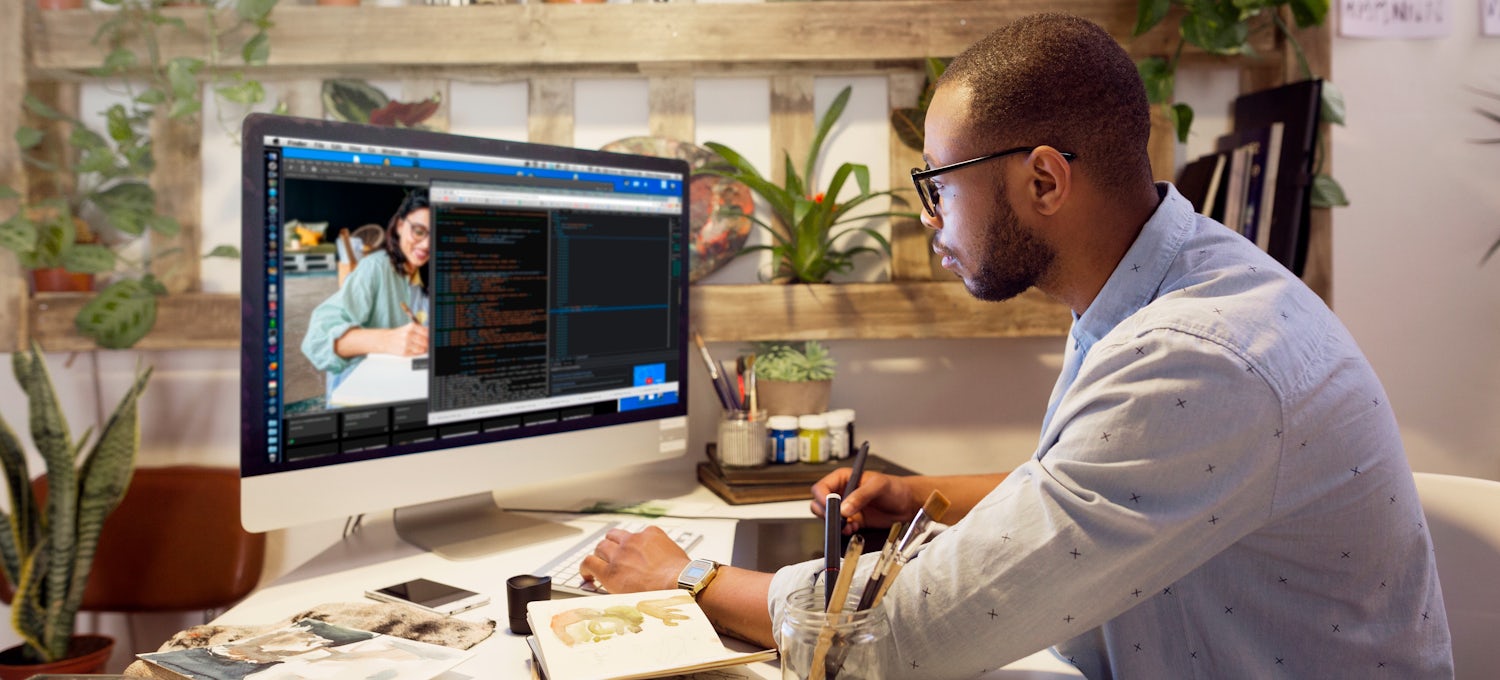The Very Best Types of Website Design to Improve Customer Experience and Interaction
In the ever-evolving landscape of digital interaction, the effectiveness of Web style substantially influences individual experience and involvement. Different style strategies, such as minimalist, responsive, and interactive layouts, each deal special benefits that can satisfy diverse user demands. Comprehending which sorts of Web style finest serve these objectives can be crucial for companies intending to enhance consumer contentment and retention. Nevertheless, the inquiry stays: which style components truly reverberate with individuals and foster significant involvement? The expedition of these principles exposes important understandings that might redefine your approach to Web layout.
Minimal Website Design
As electronic landscapes end up being significantly cluttered, minimal Web layout has become a powerful approach to improving user experience. This style viewpoint prioritizes simpleness, focusing on essential elements while removing unneeded interruptions. By making use of ample white area, straightforward navigation, and a limited color scheme, minimalist layout promotes clarity and directs customer attention to crucial material.
The core concept of minimal Web layout is to produce a smooth interaction for customers. By lowering cognitive lots, users can swiftly comprehend info without feeling bewildered. This straight strategy not just improves usability however additionally encourages interaction, as site visitors are more probable to explore a website that is very easy and aesthetically appealing to navigate.
In addition, minimal style typically highlights typography and imagery, making use of these elements tactically to share messages successfully. This emphasis on vital elements can improve brand name identification and develop a remarkable customer experience. Basically, minimalist Web style is not simply a trend; it is a thoughtful methodology that identifies the relevance of user-centered layout. By removing nonessential aspects, developers can develop a more interesting, reliable, and enjoyable Web experience for all customers.
Responsive Web Layout
In today's diverse electronic environment, receptive website design has become vital for producing a seamless individual experience across a multitude of tools. As customers gain access to sites on smartphones, tablets, laptop computers, and desktop computers, the capacity of a website to adjust its design and web content to various display dimensions and resolutions is critical.
Receptive website design employs flexible grids, photos, and CSS media questions to guarantee that Web material is provided ideally, no matter of the tool used. This strategy not only boosts the aesthetic appeal of a site but likewise significantly enhances usability. Customers are extra most likely to engage with a site that offers a regular experience, as it gets rid of the irritation of having to focus or scroll exceedingly.
By taking on responsive style, organizations can improve their exposure and get to a broader audience. In recap, responsive Web style is a basic practice that enhances individual experience, involvement, and general satisfaction.
Interactive Website Design
Receptive Web design prepares for enhancing individual experience, however interactive Web layout takes this a step additionally by involving users in a much more vibrant means - Aligned Position Web Design. By including elements such as animations, clickable prototypes, and real-time comments, interactive website design astounds individuals, attracting them right into a richer browsing experience
This method not just cultivates involvement yet also encourages individuals to check out material actively instead than passively eating it. Techniques such as gamification, where users earn rewards for completing tasks, can considerably improve the moment invested in a site and enhance general satisfaction. Interactive attributes can streamline intricate details, making it more delightful and absorbable.

Incorporating interactive style components can also cause greater conversion prices, as individuals are most likely to engage with a website that proactively involves them. Aligned Position Web Design. Inevitably, interactive website design changes customer experiences into unforgettable trips, guaranteeing that site visitors return time after time
Flat Design
Defined by its minimalistic technique, level layout emphasizes simplicity and functionality, stripping away unnecessary elements and focusing on important functions. This layout philosophy focuses on use, ensuring that users can browse user interfaces easily and performance. By using a tidy aesthetic, flat style gets rid of the clutter typically discovered in much more ornate styles, thereby improving individual concentrate on content and functionality.
The characteristic of flat style depends on its use strong colors, straightforward typography, and geometric forms. These aspects add to a visually appealing user interface that is both approachable and modern-day. Furthermore, level style cultivates a sense of clarity, permitting customers to discern necessary actions and information without disturbance.
Moreover, flat layout is especially efficient in responsive Web design, as its find here simpleness translates well throughout different tools and display sizes. The lack of elaborate appearances and slopes decreases loading times, which is important for maintaining individual engagement. As electronic landscapes continue to develop, flat style remains an appropriate choice for producing user-friendly sites that enhance general experience. By concentrating on vital features, flat layout not only meets customer needs but also encourages seamless interaction, making it an essential element of efficient website design strategies.
Adaptive Website Design
Flexible website design customizes the individual experience by producing several fixed layouts tailored to different screen sizes and devices. Unlike receptive style, which fluidly adjusts a single design, flexible style employs unique designs for certain breakpoints, making certain optimum discussion on numerous systems. This approach allows designers to concentrate on the unique qualities of each device, enhancing usability by delivering precisely what users require based upon their context.
Among the main benefits of flexible website design is its capability to optimize load times and efficiency. By offering customized web content and photos that fit the individual's gadget, sites can reduce data use and enhance loading speeds. This is especially beneficial for customers with slower links or restricted data my latest blog post strategies.

Additionally, flexible design promotes a more constant and controlled branding experience. Since designers develop multiple designs, they can make certain that the visual aspects straighten with the brand's identity throughout various platforms - Aligned Position Web Design. This results in a natural individual experience, enhancing interaction and advertising user retention
Final Thought
Minimal layout cultivates clearness and focus, while responsive design ensures flexibility throughout numerous tools, advertising availability. Collectively, these design comes close to add to the production of easy to use atmospheres that not only improve contentment yet likewise drive higher conversion prices, click this site highlighting their essential significance in contemporary Web style strategies.

Minimal layout cultivates clarity and focus, while responsive design guarantees adaptability across different gadgets, advertising access. Jointly, these layout comes close to add to the development of easy to use atmospheres that not just enhance contentment yet additionally drive greater conversion prices, underscoring their important significance in contemporary Web design strategies.
Comments on “Aligned Position Web Design: Perfectly Designed Websites to Capture Your Audience’s Attention”